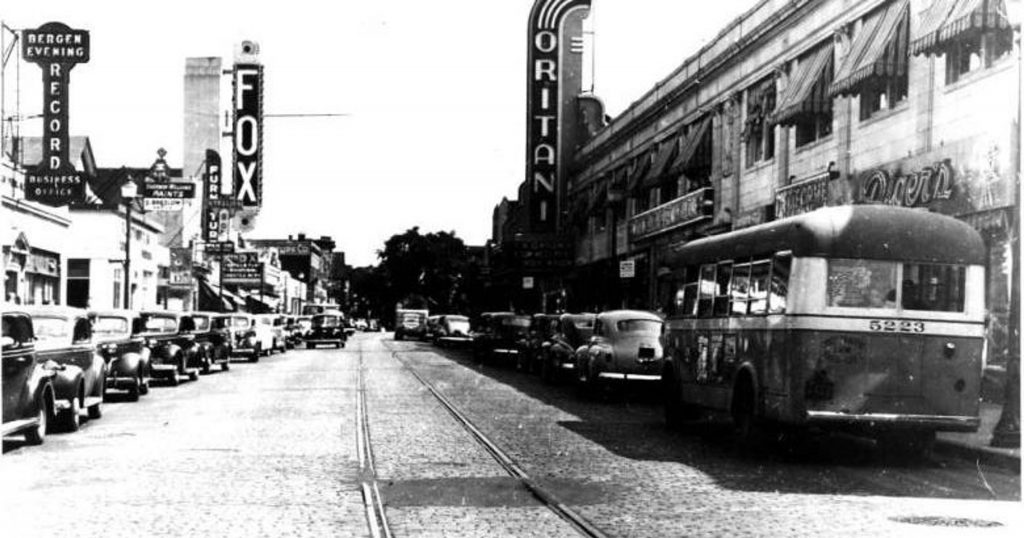Musician . Music Teacher . Performer
I was born in Hackensack New Jersey on May 7, so that is my birthday.
I come from a very classical musical family and grew up listening to the music of my mother and grandparents: classical, opera, and Broadway show tunes. Even though my mother was a piano teacher, she thought it best to hire an outside teacher. That was a catastrophe. My grandmother was a polio victim and her caregiver was an Alabama preacher’s daughter who played gospel, blues and boogie-woogie on the piano. I loved it. Since my piano teacher refused to have anything to do with the Black music I loved, I quit piano.I was put in ballet lessons, which was not for me, with a teacher who taught Irish dancing as well. I heard the Irish dance music, and I loved it. I also took modern and ballroom dancing for years. This exposed me to many types of music.When I was twelve, because my best friend was going to take guitar lessons from a session jazz guitar player, I wanted guitar lessons too. I was hooked.I had a foot mishap that ended my dancing. But I was hooked on the guitar and had to scrimp and save to get the perfect guitar for me. At the same time my brother, Tom, decided to become an amateur radio operator. So I got my ham licence as well, WA2UQH. I told the world that I was going to be a guitarist but I needed a good guitar. I scrimped and saved for my guitar, and got my ham radio buddies to drive me to garage sales in New Jersey and New York to look for a guitar. What we landed up doing was buying any instrument that looked ok then pawning them and pocketing the difference. This money along with my babysitting money went towards my future guitar. My ham buddies started playing other musical instruments and we went to hootenannies and live concerts together.
This is when we discovered the coffee houses of New York City’s Greenwich Village and Israel (Izzie) Young’s Folklore Center. Dave Grisman worked there and always had a mandolin glued to his body. Another person who worked at the Folklore Center was Marc Silber who sold me my Martin 1957 D28 which I still own.
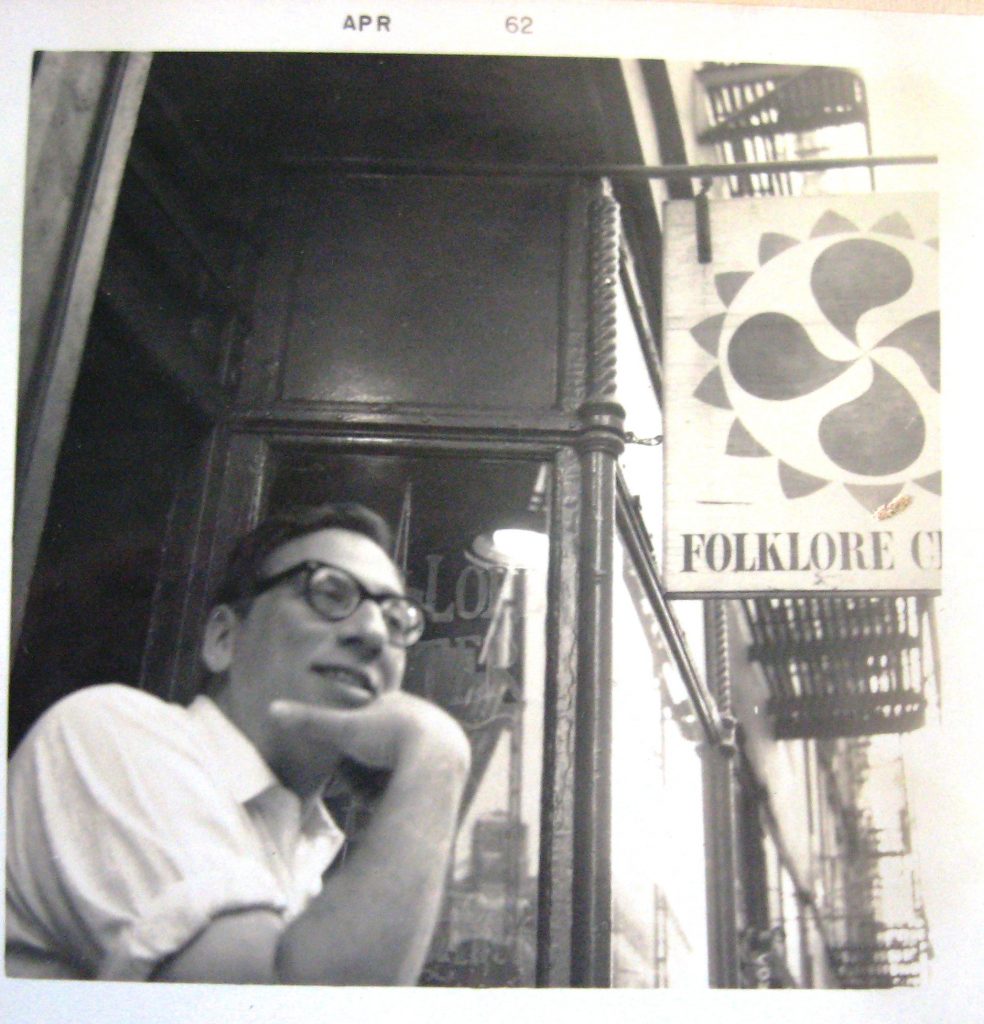
My friend, Richard Kapelson and I, with my guitar, were walking through The Village one evening when we heard someone playing to an empty coffee house. We went in and the musician saw my guitar and asked me to join him. My very first public appearance was to an empty house with David Bromberg. We have kept in touch ever since.
One day that I should have been in high school, I visited my friend Izzie at the Folklore Center. Mississippi John Hurt and Doc Watson were in there and I just grabbed a seat while they played for me alone for 3 hours. I was totally blown away.When I was 16 we went to Gerde’s Folk City and told them that I was 21 in order to get in. I got to see Clarence and Roland White (the Kentucky Colonels) close up. Clarence’s guitar playing blew me away.
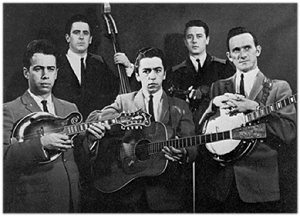
One beautiful spring Sunday just before I graduated high school, my friends drove me to Buck’s County, Pennsylvania to a park which was like a step – back in time. The people had come by horse and buggy. Children were playing on all kinds of antique playground equipment and their parents, the audience, were sitting on simple wooden benches in a covered area. There was a small stage. Families came to hear a Sunday afternoon concert in the park after church. Bill Monroe and the Bluegrass Boys were spectacular.
While the band was playing there was dead silence and stillness. No one tapped their feet, no clapping, no talking, the children were still. The moment the band finished each song the audience burst into wild applause, clapping and cheering. When the next song started: total silence; when it finished: wild applause cheering and clapping. This Amish cultural happening was the first of many cultural experiences for me.
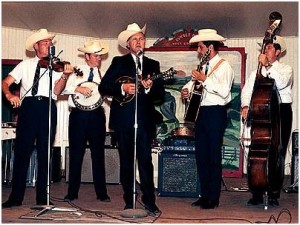
During high school, I made a point of going to live concerts and tracking down the musicians so I could talk to them. Some of these artists were Dock Boggs, John Fahey, Frank Zappa, The Kweskin Jug Band, and The Fugs. These were all amazing people and groups.
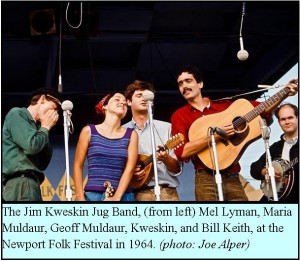
I took my guitar with me everywhere. It attracted other musicians. In my last year of high school I went to visit a “ham” radio friend at Dartmouth College in Hanover, New Hampshire. We went to a coffee shop on a bitterly cold night. In came Pete Seger with his banjo, and, we, along with one other customer and the owner got a private concert.
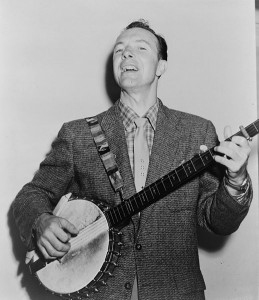
On the way back home from Hanover, I was playing my guitar in a train car when a man sat down next to me and introduced himself. It was a country singer whose name I recognised from the radio. I got to play and sing all the way back with Red Foley.
After High School I went to Moore College of Art and Design in Philadelphia and took illustration but gravitated to the vibrant music clubs scene. My favourites were The Jazz Club and The Guilded Cage, and The Second Fret, coffee houses. That is where The Kweskin Jug Band with Jeff and Maria Muldaire, Gordon Lightfoot, Joni Mitchell, Bonnie Raite as well as the Country Gentlemen, and Tom Paxton played. Some lesser-knowns and better-forgottens also played there.
During the week I went to house concerts. One was to Ravi Shankar playing sitar with his tabla and tampura player. There were just six of us and we were sitting on the living room floor. I have never before or since been so encapsulated by such big, big, big sound: My second cultural experience.

On February 2, 1968, the Electric Factory, Philadelphia’s first major venue for the era’s new music, opened with a show featuring the Chambers Brothers. Performing their neosoul and gospel sounds in a warm and inviting venue, they declared, “My soul’s been psychedelicized!“-a feeling that the Factory’s cofounder, Larry Magid, has been experiencing ever since.
In My Soul’s Been Psychedelicized, Magid presents a spectacular photographic history of the bands and solo acts that have performed at the Electric Factory and at other venues in Factory-produced concerts over the past four decades. The book includes concert posters, photographs, and promotional items featuring both rising stars and established performers, such as Pink Floyd, Jimi Hendrix, Bob Dylan, Bruce Springsteen, Bette Midler, Elvis Presley, Tina Turner, Pearl Jam and many, many more.
The images—candid and celebratory—create a one-of-a-kind history of rock and roll, from the wild 1960s to the Live Aid concert in 1985 and the closing of the Philadelphia Spectrum in 2009. Magid’s vivid recollections constitute a who’s who of pop music and culture. As one of the great concert producers, he shares his unique perspective on the business, talking about how it has changed and how lasting careers have been carefully developed.
For anyone who has ever attended a concert at the Electric Factory—or for anyone who missed a show—My Soul’s Been Psychedelicized will bring back great memories of the music and the musicians.

The partners who owned The Jazz Club, Larry Magid and Allen Spivak, opened the Electric Factory, a huge psychedelic dance club in an old warehouse. I went there before it opened and told Allen that I was an art student and that I could face and body paint the performers and audience. They bought two beautiful antique barber chairs and I had myself a fantastic job every Friday and Saturday night.
Many of the most popular bands of the 1960’s played at the Electric Factory in Philadelphia before going on New York City. Some of the artists I got to meet, listen to and face or body paint were: Cream with Eric Clapton, Buddy Guy, Jimi Hendrix, and Janis Joplin.
One of the weirdest experiences was when Oscar Pederson and his band were booked to play the Electric Factory instead of The Jazz Club and no one showed up. Once again I got to have a personal concert. I did not talk to any of the band members. They were not in a good mood.
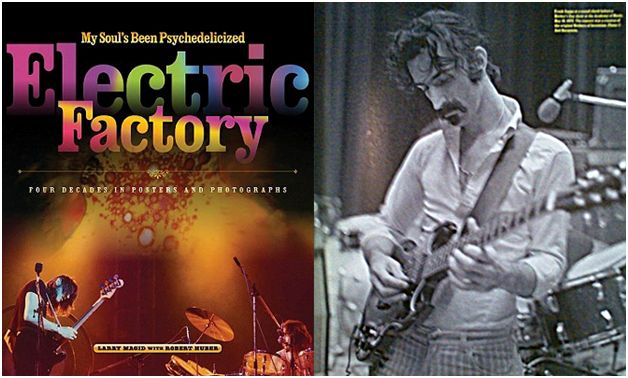
Another totally bizarre incident happened in my barber’s chair. Frank Zappa and the Mothers of Invention were playing to packed house. I was at my face and body painting station doing a whale of a business. During the music break, this clean-shaven man in casual dress sat down in my chair. I looked at my client’s face, he looked at me, and I said, “What you need is a green goatee”. After I finished I stepped back to admire my work and I immediately burst out laughing and he burst out laughing. He put his finger over his mouth and said, “Shush, don’t tell anybody”. Frank Zappa had washed his face, put on his famous goatee and wowed the packed house.
Janis Joplin and I hit it off when she played at the club and I face painted her. She played at the club for two days but I knew the people whose house she was staying at so we hung out together for a week. What a kind sweet and talented person she was. She loved her Southern Comfort but it was way too sickenly sweet for me.
Because the horrible toll that booze and hard drugs took on so many of the touring musicians, I did not want that lifestyle for myself, ever.
I graduated from Moore College of Art and Design with my Bachelors of Fine Arts degree in Illustration then moved back to my parent’s home in New Jersey. The Viet Nam war was raging, and the only jobs offered me as an artist were menial, low paying and unsatisfying. I just did not fit in to my childhood surroundings any more.
I took my savings and set out to Europe to amass some travelling experiences.
